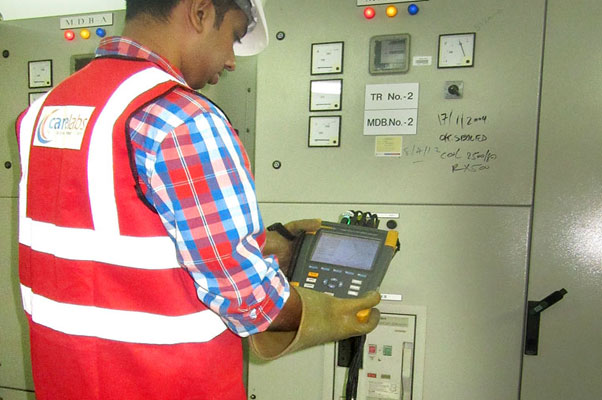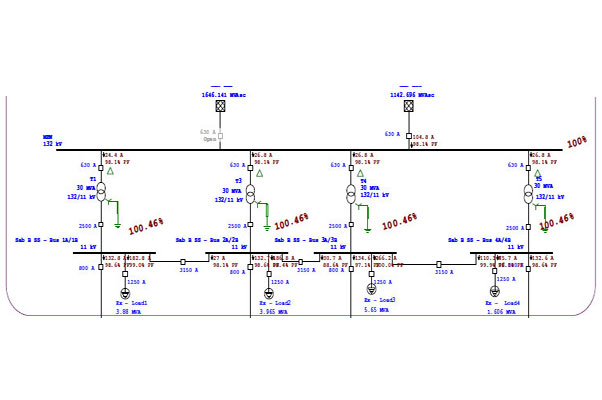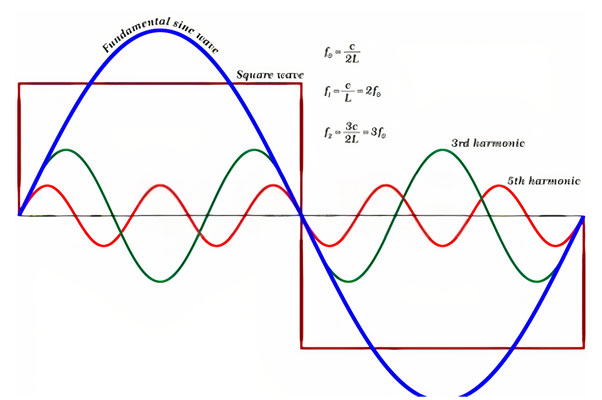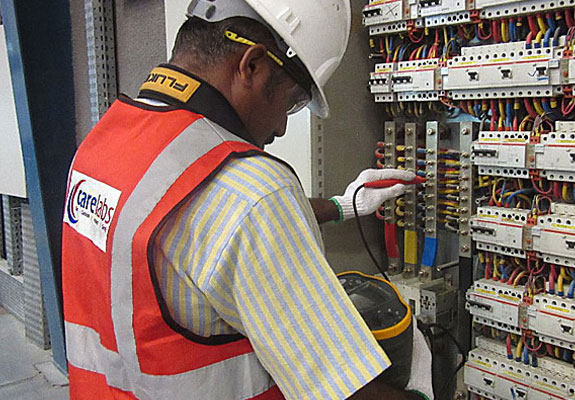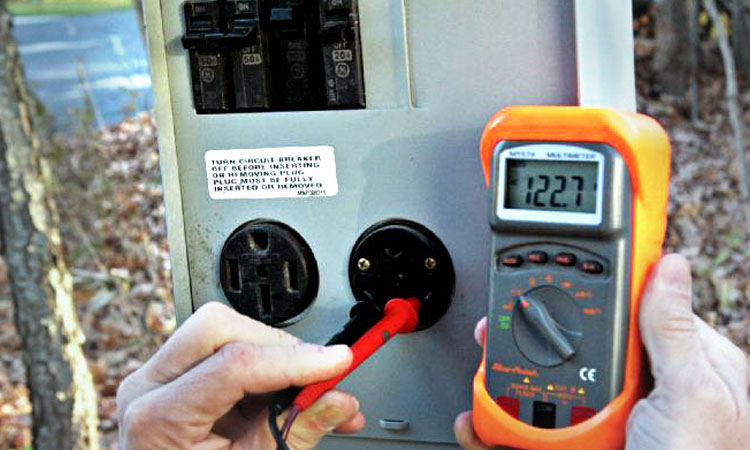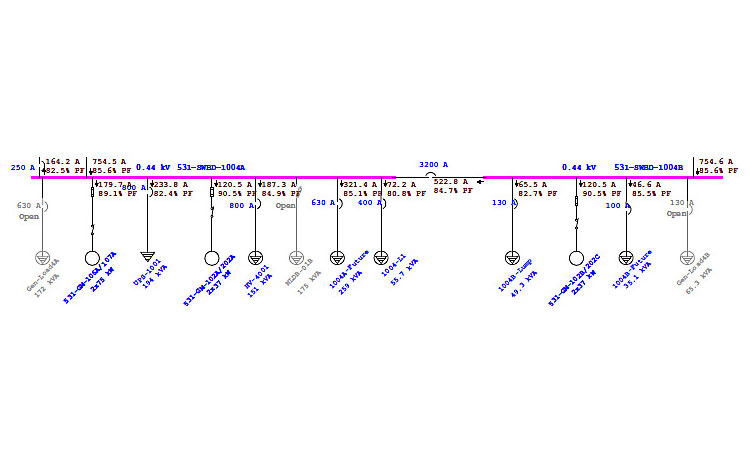Power quality refers to the ability of equipment to utilize the energy supplied to it.
The power quality issues have several consequences such as high energy consumption and bill, high maintenance costs, direct economic impacts, loss of production, unrecoverable downtime and resources, instability of equipment, and their failure.
Energy management is a significant consideration for any business, and power quality must be assessed as part of any energy management program.
Care Labs offers a range of services which cover all the energy-related problems. With domain expertise, we are providing power quality study & analysis services.
Power Quality Issues:
The quality of the power supply is a complex and subtle parameter than its reliability. It is not about the availability of supply but rather, suitability and compatibility of electricity supply for use.
In Australia, an electrical supply range is nominal 230-volt supply consisting of a waveform of 50 Hz. But it does not mean that consumers should expect a perfect 230-volt constant sinusoidal power supply.
The variations in power quality generally fall into two basic categories:
Disturbances:
Disturbances are encountered when an abnormality in the voltage or the current. When the peak magnitude exceeds a specified threshold, transient voltages could be detected. RMS voltage variations such as sags, swell, interruptions may be detected when the RMS variation exceeds a specified limit.
Steady-State Variations:
Steady-state variations include RMS voltage variations and harmonic wave distortion. These variations must be sampled by measuring the voltage and current over a given time. This sampled information is best presented as a quantity of voltage distortion over time and then analyzed using methods like average distortion level, which is 95% probability of not being exceeded, etc.
Factors that affect the quality of supply include:
- Steady-state voltage
- Supply frequency
- Voltage sags
- Voltage swells
- Voltage transients
- Harmonic distortions
- Radiofrequency inference
Most of these factors are difficult to identify and observe. Their measurement usually requires the use of special testing instruments and the assessment must be carried out by professional technicians or engineers.
Steady-State Voltage:
Steady-state voltage levels in the electrical system are constantly changing with respect to load and other system events. In general, with an increase in loads, voltage levels tend to drop. Similarly, when a load is turned off, voltage levels tend to rise.
Range:
The steady-state voltage range is made available by utility service providers. And it is specified to be within a range of values that varies from provincial to provincial. It is set by either state government regulation/code or AS 60038-2012: Australian Standard.
The steady-state voltage at the point of supply to consumers by Australian distributors in the range of 230V +10% to 230V -2% based on 10-minute RMS average measurement of voltage.
AS/NZS 3000-Wiring Rules also sets a limit on the voltage drop within customer installations at 5%.
Voltage Unbalance:
It is a difference in the value of the three-phase supply or phase angle displacement.
It can result from either unbalanced circuit impedances and unbalanced loads. It causes heating effects, maloperation, and loss of efficiency of the equipment.
Australian Standard AS 1359.31 provides information about voltage unbalances.
Voltage unbalance measure | Target maximum value | Indicative range found in Australian network |
V95% – 95th percentile of unbalance | 2.0% | 0.3% to 3% |
Voltage Variations:
Voltage sags are short-term dips in the RMS supply voltage of duration 0.5 cycles up to one minute.
Voltage swells are short-duration increases in the RMS supply voltage above a threshold limit of 0.5 cycles up to one minute. In Australia, the threshold limit is commonly set at 264 volts.
Supply Frequency:
Supply frequency is the rate at which the supply voltage wave alternates. Australian electric supply frequency is 50 Hertz.
Within the National Electricity Market, NEMMCO – National Electricity Market Management Company is responsible for setting frequency standards. Outside the National Electricity Market, the local generating authority is responsible for setting frequency standards.
Harmonic Distortion:
It is a regular, repetitive distortion of the supply voltage or current waveform pattern.
The excessive harmonics can cause additional losses, light flicker, maloperation, radio interference, motor vibration, and poor performance of sensitive equipment.
AS/NZS 61000.3.6 sets the limits on harmonic distortion levels in an electric network. Here the table shows the range of voltage harmonic variations at the point of supply.
Harmonic measure | Target harmonic value | Range found in Australian network |
VTHD95% | 7.3% | 1.5% to 7.3% |
Care Labs Process of Power Quality Analysis:
- The aim of the power quality survey is noted and onsite assessment
- Proceed study with a one-line diagram of the complete electrical systems.
- Power analyzer is connected at various location in the distribution end to obtain data from each distinctly derived system.
- Continuing it along with the distribution system following the one-line diagram.
- Studying and analyzing the gathered data and conducting further analysis.
- Submission of reports and solution recommendation
Our team of highly qualified professionals can assist in providing solutions to your power quality problems. Comprehensive system study and analysis ensure your power quality is performing at its best.
Contact us to know more about our power quality analysis service!



